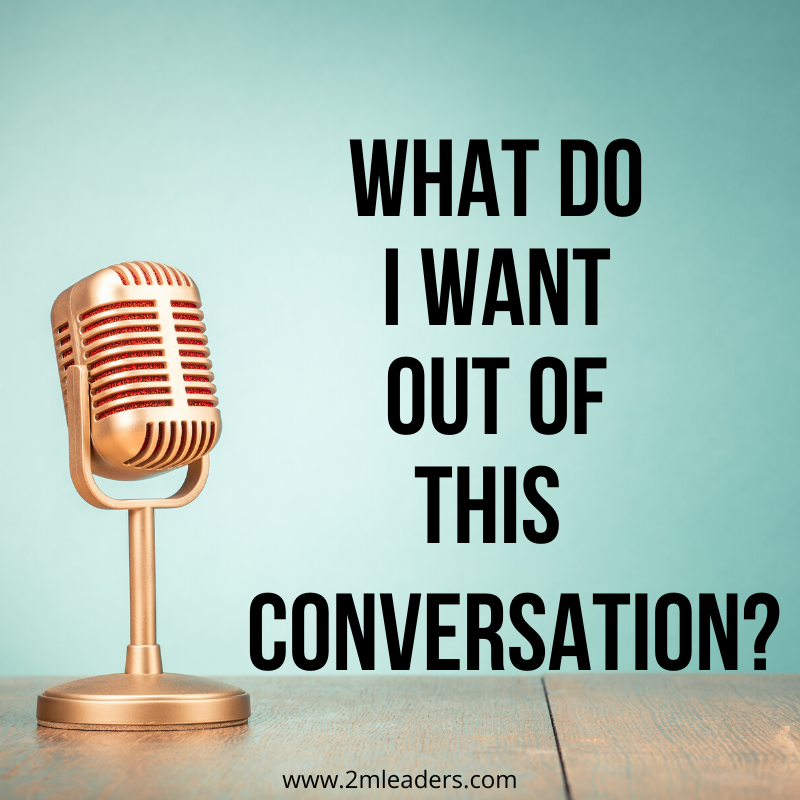How to Start a Difficult Conversation

I find many of my clients are unsure of how to start a potentially awkward or difficult conversation. For a particularly important or sensitive conversation, I typically recommend investing about 10x the time the conversation will take in your preparation. After going through that prep, isolating what is most important to get across and what open-ended questions will help generate the dialog you want to have, you are ready to schedule or initiate the conversation.
One best practice to start the conversation effectively is to allow yourself a 30-second preamble.
A preamble consists of making the implicit explicit by saying out-loud what may seem “unnecessary” to share. In most cases, this is an important part of your message.
A preamble may include statements such as:
- I have put a lot of thought into this. I am hoping for your sign-off to move forward.
- I am not sure how eloquent I will be, so please bear with me. I want to make sure I can be clear, even if it takes me a little longer than I want it to. If you can feedback to me what you are hearing that will help me know if I have gotten my point across.
- Your success on this team is important to me. I have identified a potential area of development for you and I want to talk to you about it. If we both agree this is an important area of improvement I would like to work with you on a strategies you want to try and be available for ongoing support.
- I know I’m new to the team and I don’t understand how things have been done in the past nearly as well as someone like you who has been here longer. I’m trying to find the right balance of accelerating forward momentum and respecting status quo. Can I count on your support in helping me do that during this conversation?
- I have a new idea that I am excited about and I want to share it with you to hear what blind-spots I may have.
Taking less than a minute to share this context can serve as a pressure release valve for your mental and emotional systems, freeing up attention and energy to be more present and effective through the rest of the conversation. It also creates alignment and shared understanding.
To create an effective AND short preamble you may want to use one or more of these questions:
- What is most important to this person? How does that fit into this conversation?
- What is important to me?
- What do I hope this audience will understand as a result of this conversation?
- How am I feeling about this?
- What do I want out of this conversation?


